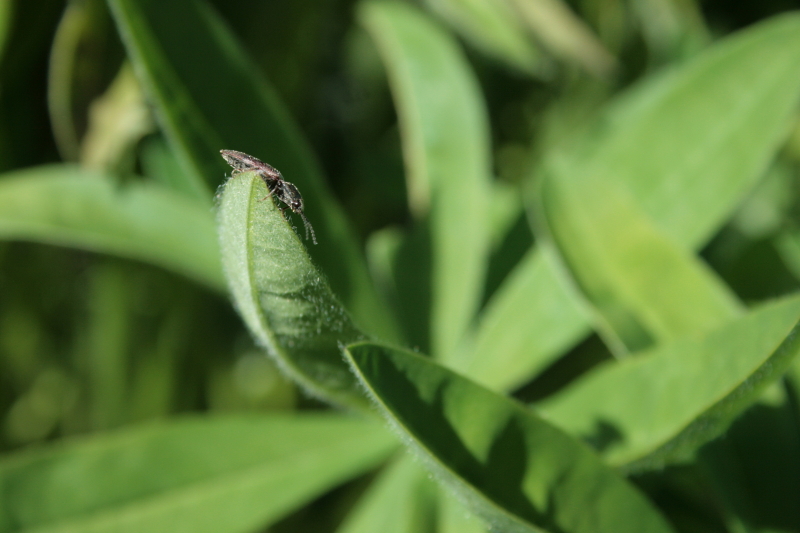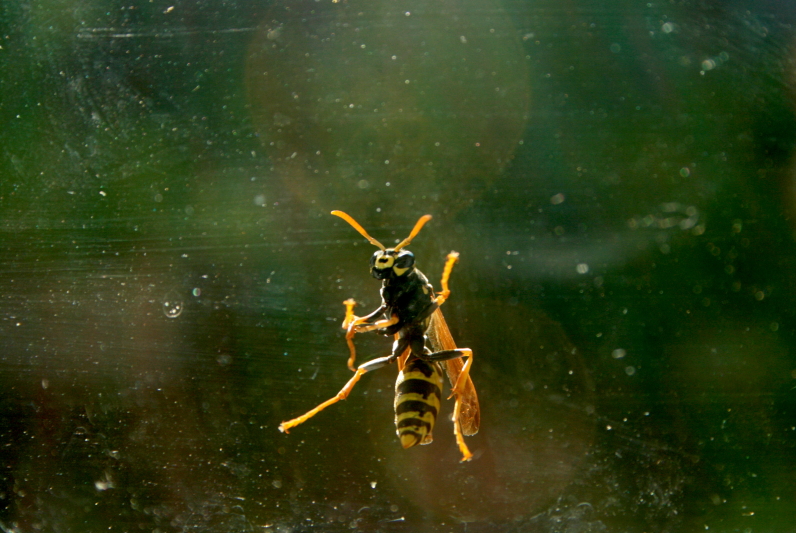Most of us have a greenhouse to some extent or another whether we realise it or not. The humble little terrarium is a greenhouse, as is the seed starter packs with the tops. You know the ones, the ones that we routinely make out of cloches or the ones we buy from the garden centre with the clear plastic tops.

Fine, powdery looking mould covers the top of the soil thanks to a combination of moisture and lack of sun to dry it up.
We all know how handy these little greenhouses are for decoration purposes, seed-starters, and even growing plants for the long term. But as anyone has done this before, it can be a little vexing to get it right. One day all things seem to be going well, but the next something goes awry.
Is it a mystery?
Seems to be so, right? In reality, it’s just plain ol’ science. First comes observation, then comes quest for knowledge of how to fix it. For example, take my terrarium to the left. It’s got some mysterious white fuzz on the soil. <shudders> As a soil scientist, this really bothers me. I know that this is some sort of mould or fungus.
I don’t know what kind, but without seeking out a professional mycologist to tell me what it is, I can make a few educated guesses. It comes about from the combination of moist soil and not enough sun coming in to help dry it up. Once the sun beats into the window and the soil dries up a tad, the mould/fungus goes away. The fix, naturally, is not to over water the terrarium.
So, how do you do this with anything that comes through your greenhouse?
Get a handle on biomonitoring
A plant will tell you a story of their life. They will tell you when they feel healthy, sick, or anything in between. Your task is to listen, look for knowledge, and then try the most likely solutions slowly to fix the problem. This is done by doing something called biomonitoring.
Biomonitoring is when you take into consideration the whole of the plant and environment, look at the bioindicators, and keep track of changes. Drastic changes means something is going on that you need to take notice of.

A fuzzy beetle on a leaf. Is it there sunning itself or to make a meal? Image credit: Emily of Emily Site.
A common example? Wilting leaves show that a plant is either being under watered or, in some species, over watered. Other bioindicators that are common among plants are:
- early/untimely leaf drop — sometimes happens as a lack of nutrition, other times it’s an indication of root rot or other disorder.
- stunted growth — not enough or wrong kinds of nutrients, root obstructions, etc.
- discolouration — sunburn, too much water/not enough water, soil pH, nutrient deficiency, etc.
- dead limbs — lots of things from insects to wind damage and more.
- growths — tumour like growths usually indicate a scar, damaged section of wood, or an insect problem.
There are, of course, other things to take into consideration depending on time of year and species of plant. Fruit trees, for instance, are subject to fire blight, an elm’s nemesis is a beetle that bores into it, aphids drain sap from trees. There are, of course, other things like bacteria and viral conditions that can hurt plants as well.
Let’s face it, there is a veritable minefield of problems that can go wrong.
So what can you do?

A wasp saying hello on the door. Did he just make a meal out of the wood on your trees? Image credit: Emily of Emily Site
You can do what the trained arborists do: monitor the plants throughout the year for potential problems and practice preventative maintenance. They examine the plants to coincide with both insect and disease cycles common to the plants on the grounds throughout the growing season, followed by a structural once over during the winter.
Clearly, this depends on what plants you have, what region you live in, and if there is anything particular in the area that is an extra concern. This is usually information that you can get from your local university forestry, agriculture, and/or biology (entomology) research and extension offices — yes, even in places that aren’t the United States. Many forestry and agricultural divisions have this information on file, and are willing to share with the public if you can’t get hold of someone at a local university
The very same problems can hit your greenhouse if you don’t have the doors closed all the time — but if you do have the doors closed all the time, you’re likely to bake the plants. Insects are less likely to be a problem, but water, nutrients, bacteria, and temperature are still just as high on the worry-list. Now, you could take a high-tech version of watchful care with the GrowMEG or PLANTS out of Ireland, but if you find yourself more down to earth, just give the plants a once over every few days to few weeks to note any changes. You’ll be able to work with the plants accordingly to give them what they need to thrive.

